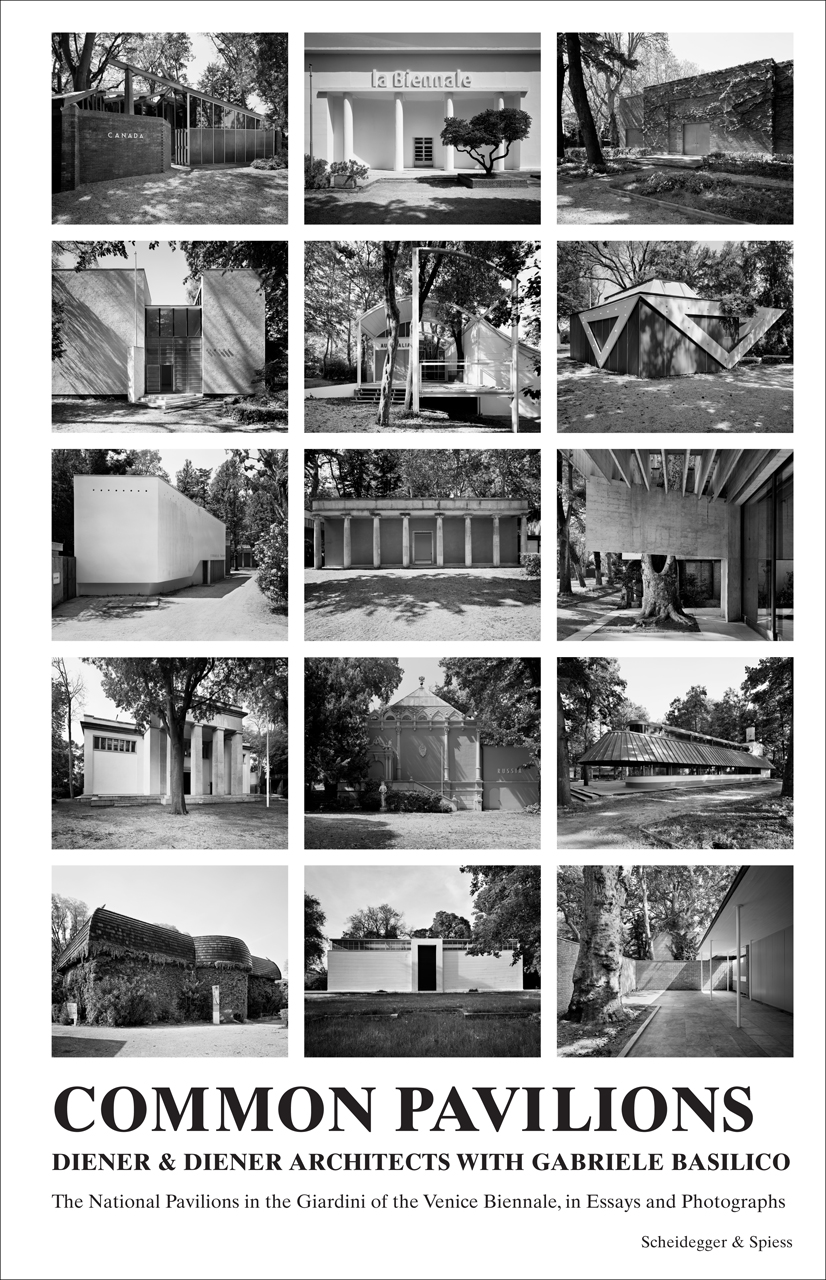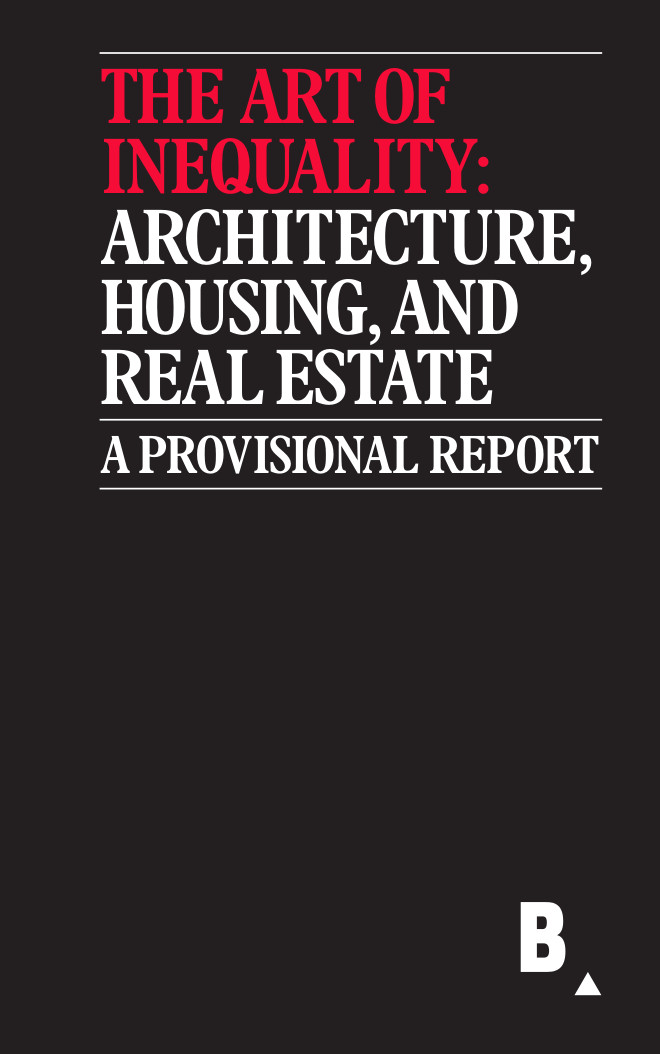Michael Stevenson: Celebration at Persepolis (2008)
Filed under book | Tags: · architecture, iran, politics

“The longest state banquet of the twentieth century.
Michael Stevenson revisits the site of an infamous week-long party held in 1971 by the Shah of Iran amongst the ruins of the ancient Persian city of Persepolis. Reconstructing part of the temporary architecture built for the celebrations (itself now a ruin) Stevenson looks at this pivotal moment in Iranian history which led towards the subsequent cultural revolution.
In June 2007 Stevenson exhibited a reconstruction of one of the guest tents in its current state, at actual scale, at Art Basel 38. The publication is an expanded version of this Basel presentation.”
Edited by Nav Haq and Elisa Kay
Texts by Martin Clark and Michael Stevenson
Publisher Christoph Keller Editions, Zurich, and Arnolfini, Bristol, 2008
ISBN 3905829487, 9783905829488
64 pages
via Corner College
PDF (4 MB)
Comment (0)Diener & Diener (eds.): Common Pavilions (2013)
Filed under book | Tags: · architecture, exhibition, history of architecture

A collection of essays and podcasts by 33 authors on the 29 national pavilions, the setting for both the Art Biennale and the Architecture Biennale in Venice.
“The essays written by architects, historians of art and architecture, artists, and philosophers, discuss the identity of the architecture and its perception in this unique public space. The authors either outline the premises and concepts that underpin the pavilions’ form to develop a loose history of ideas; discuss the ways the pavilions have been outfitted over time; or else talk about their own personal engagement with the architecture. Written in the respective national languages of the pavilions, the essays have been translated for the podcast into English and recorded by actors and presenters.”
Created for an installation for the 13th Architecture Biennale in Venice 2012 by Diener & Diener Architects, Basel.
Photographs by Gabriele Basilico.
Also published as a book by Scheidegger & Spiess, Zürich, 2013
ISBN 9783858817341
288 pages
Reinhold Martin, Jacob Moore, Susanne Schindler (eds.): The Art of Inequality: Architecture, Housing, and Real Estate. A Provisional Report (2015)
Filed under book | Tags: · architecture, city, economics, housing, real estate, urbanism

This book builds on the research of the House Housing exhibitions, putting the historical relationship of architecture and real estate in the context of the contemporary debate about dramatically rising rates of inequality.
“In 2013, in the United States, the median-income white household’s net worth was thirteen times that of the median-income black household. In 2014, the world’s eighty-five richest individuals held as much wealth as the world’s poorest 3.5 billion. In 2015, 88,000 households applied for the chance to live in fifty-five below market-rate apartments, accessible through a “poor door” on New York City’s Upper West Side.
What is inequality? Typically, inequality is defined by a combination of economic measures referring to income and wealth. Entire populations, in the language of statistics, are measured and managed according to their place on the inequality spectrum: patronage for the 1%, morality for the ambiguous “middle class,” and austerity for the rest. This economic inequality is, however, inseparable from social disparities of other kinds—particularly in the provision of housing. More than just a building type or a market sector, housing is a primary architectural act—where architecture is understood as that which makes real estate real. It begins when a line is drawn that separates inside from outside, and ultimately, one house from another. The relation that results under the rule of real estate development is—by its very structure—unequal.
This is the art of inequality. Its geographies are local and global. Its histories are distant and present. Its design is ongoing. Its future is anything but certain.” (from the back cover)
With contributions by Manuel Shvartzberg Carrió, Erik Carver, Cezar Nicolescu, Pollyanna Rhee, and Sonya Ursell.
Publisher Buell Center, Columbia University, New York, September 2015
Open access
ISBN 9781941332221
238 pages
HT Dubravka Sekulić

